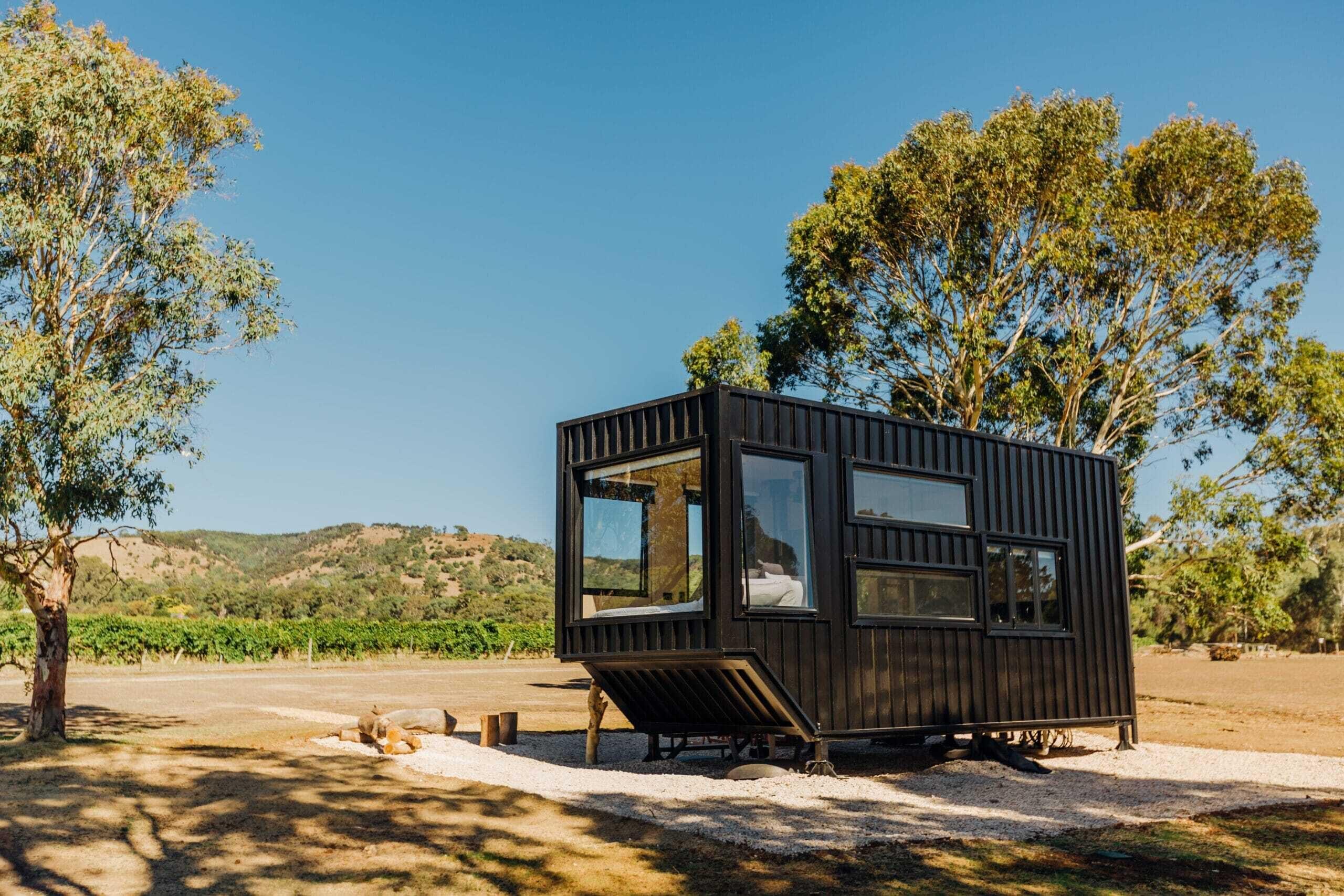
All About Tiny Houses: Small Spaces With Big Impact
As housing prices soar and affordability becomes a major issue, many Australians are turning to tiny houses as a practical solution. Inspired by the success of tiny homes in the US, UK, and Canada, Australians are beginning to embrace the concept of living small.
And despite facing a few regulatory barriers, some local councils are making it easier for people to adopt tiny house living.
While Australia’s homes are among some of the largest in the world, there's a growing trend against large living spaces as more and more Australians are realising that good things can come in small packages, particularly in the form of tiny houses. These small dwellings offer numerous benefits, including affordability, sustainability, and a simpler lifestyle.
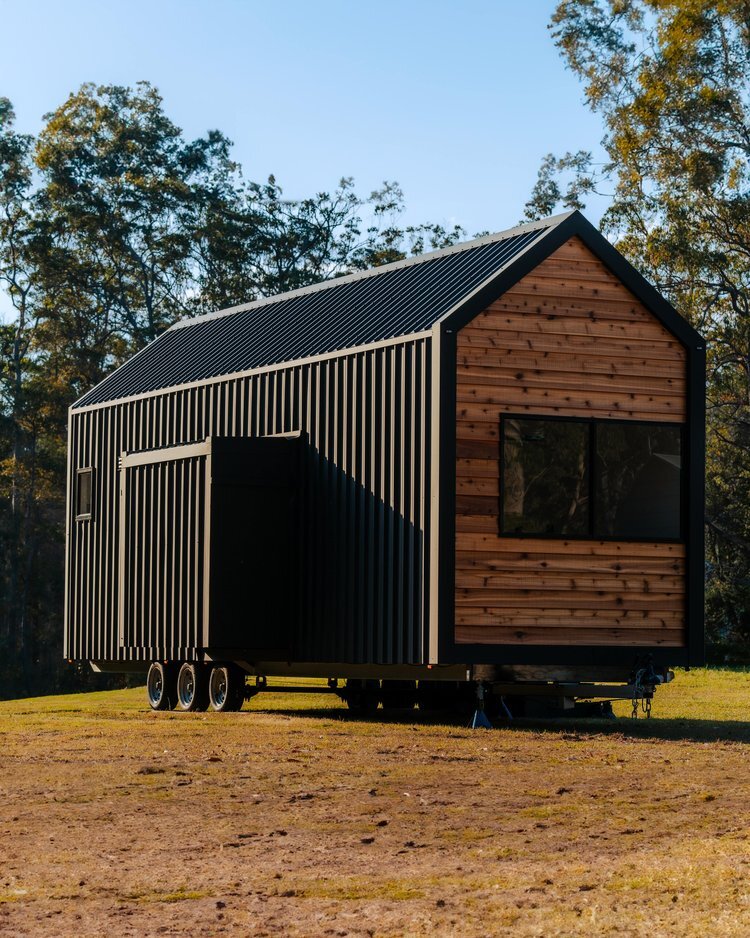
Types of Tiny Houses
At their core, tiny houses are just very small homes, but they come in two main types: those on foundations and those on wheels.
- Tiny Houses on Foundations: These are treated like any other building and require normal council approval and applications. This process can be more time-consuming and costly.
- Tiny Houses on Wheels: Built on trailers, these homes are not considered permanent buildings, allowing them to bypass some regulatory hurdles. However, they must comply with road-legal dimensions and vehicle regulations.
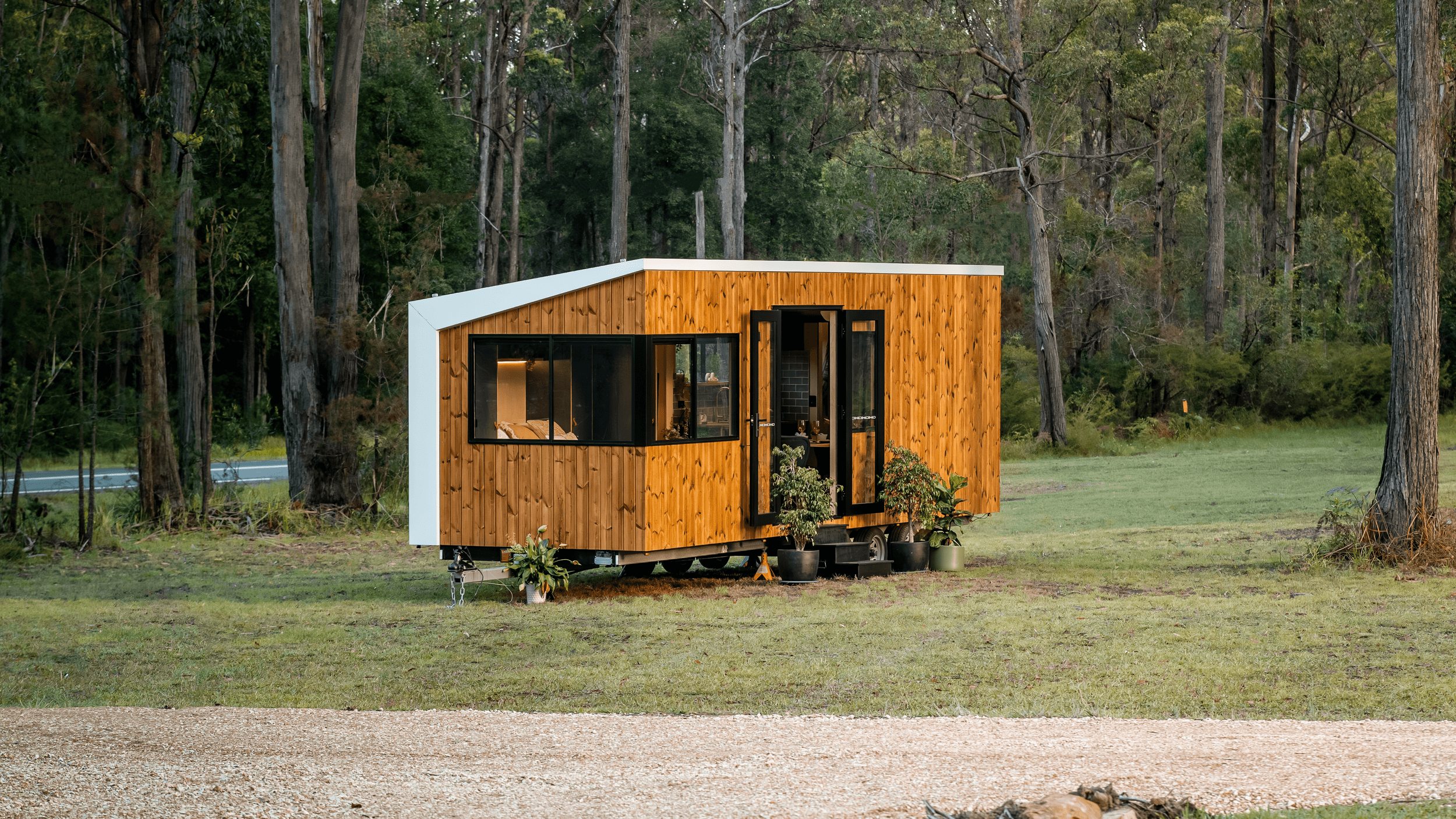
The tiny house movement is based on a few fundamental principles:
- Minimalism: Embracing smaller, simpler living spaces.
- Sustainability: Aiming to live more sustainably and minimise environmental impact.
- Embracing A Meaningful Lifestyle: Shifting away from consumerism in favour of a more meaningful lifestyle.
In Australia, any dwelling under 50 square metres are commonly referred to as tiny houses. These homes have long been embraced overseas, especially in areas with high property prices and land scarcity. People who enjoy city life but prefer a minimalist lifestyle have found tiny houses to be an ideal solution.
Why Tiny Houses?
Cost-Effective and Quick Housing Solutions
Tiny houses offer a cost-effective and prompt solution to affordable housing and homelessness issues. Typically costing between $80,000 and $160,000, tiny houses are much cheaper than the median house price of over $900,000 in Australian capital cities. Plus, they can be built in about four weeks, compared to a year for a traditional house.
Environmental Benefits
Tiny houses make it easy to downsize and live more simply, all while showing a real commitment to taking care of the environment. Many tiny houses come equipped with rainwater tanks, solar panels, and batteries, allowing them to operate off-grid.
Tiny houses won’t suit all households but are ideal for certain demographics, including singles, couples without children, and retirees. They offer a flexible and sustainable living option, allowing people to downsize and live more affordably and environmentally responsibly.
Despite the benefits, tiny house living in Australia faces several barriers, including local government planning schemes, occupancy time limits, and utility connection restrictions.
Over the past year, however, some local councils have begun to make it easier to live in tiny houses. In December 2022, the Shire of Esperance here in WA became the first local council to recognize tiny houses as permanent dwellings. In 2023, the Shire of Capel also adopted a tiny house policy, allowing for ancillary dwellings and tiny house communities.
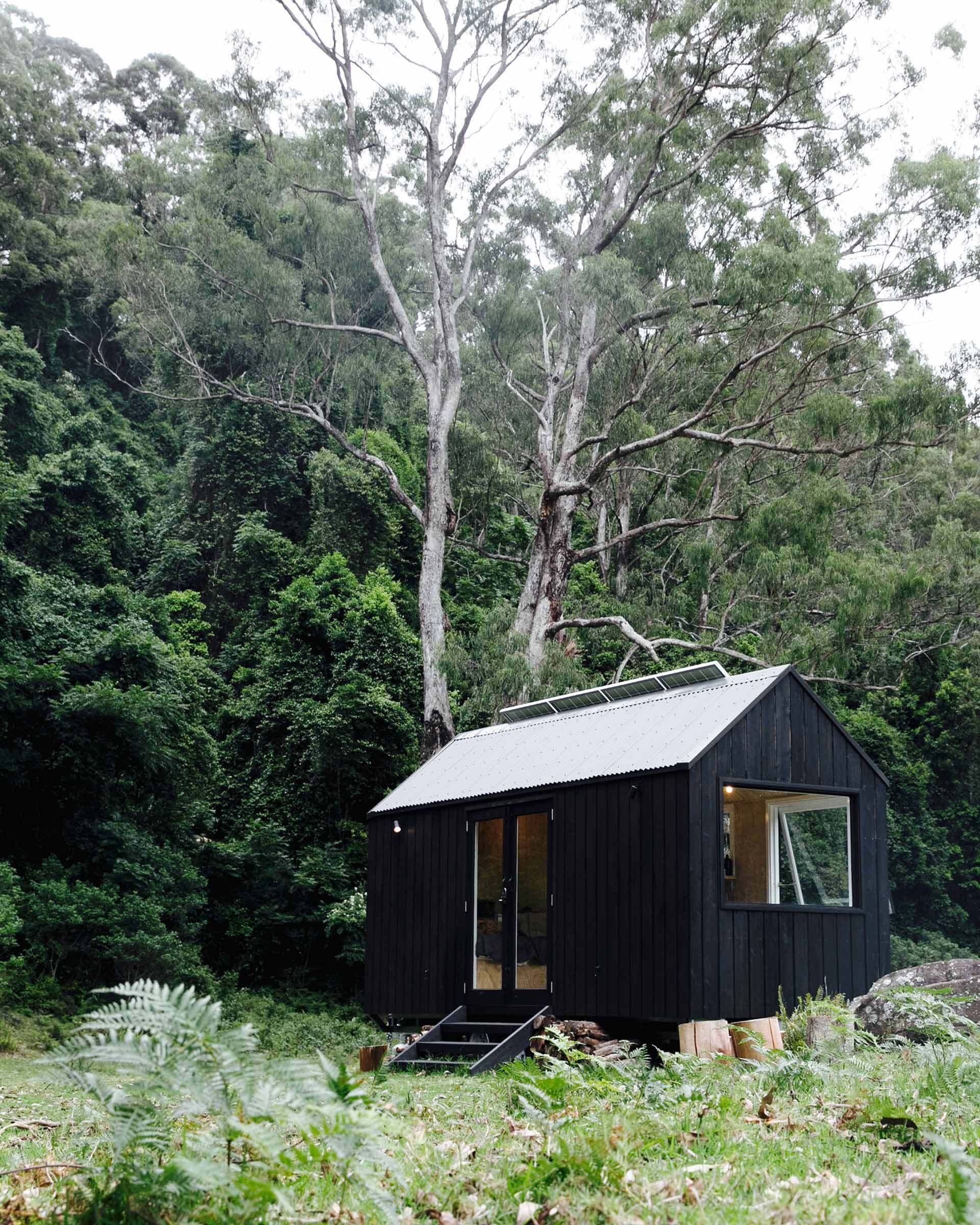
Design Tips for Tiny Houses:
- Light and Height: Use windows and tall ceilings to create a sense of space.
- Combining Spaces: Retractable beds and multi-functional furniture can maximise living areas.
- Demountable Deck: Adding a deck can almost double the usable floor area.
- Efficient Circulation Paths: Proper planning of pathways can prevent spaces from feeling cramped.
- Creative Storage: Utilise every inch of space for storage, including mirrored bathroom cabinets with face-level storage.
- Prioritise Essentials: Focus on what’s most important to you in your home design.
- Maximize Outdoor Spaces: Use outdoor areas to extend your living space.
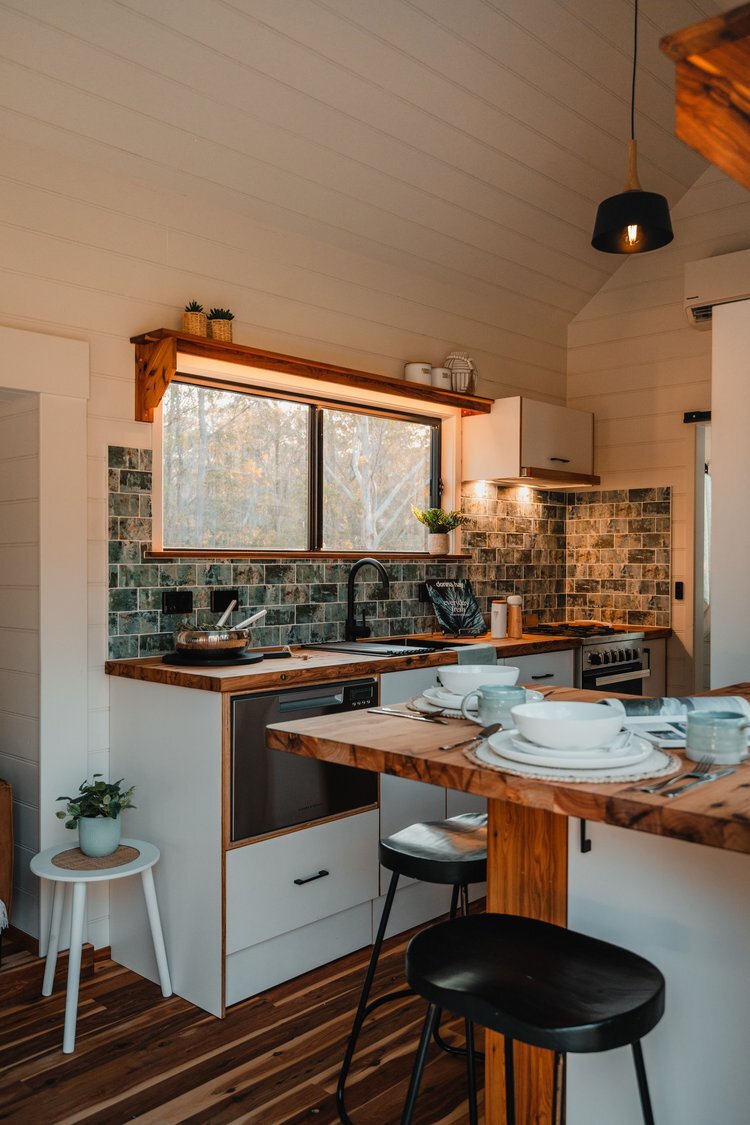
Before embarking on a tiny house journey, it's essential to understand the legalities involved. If your tiny house is on wheels, it is often classified as a caravan, which means you do not need council approval for permanent residency.
However, there are limits on how long you can live in it continuously. Always check with your local council for specific regulations. For tiny houses on wheels, no special permits are needed if the house is within size limits: 2.5m wide, 4.3m high, 12.5m long, and 4.5 tonnes in weight. You’ll also have to ensure your vehicle can tow the tiny house safely.
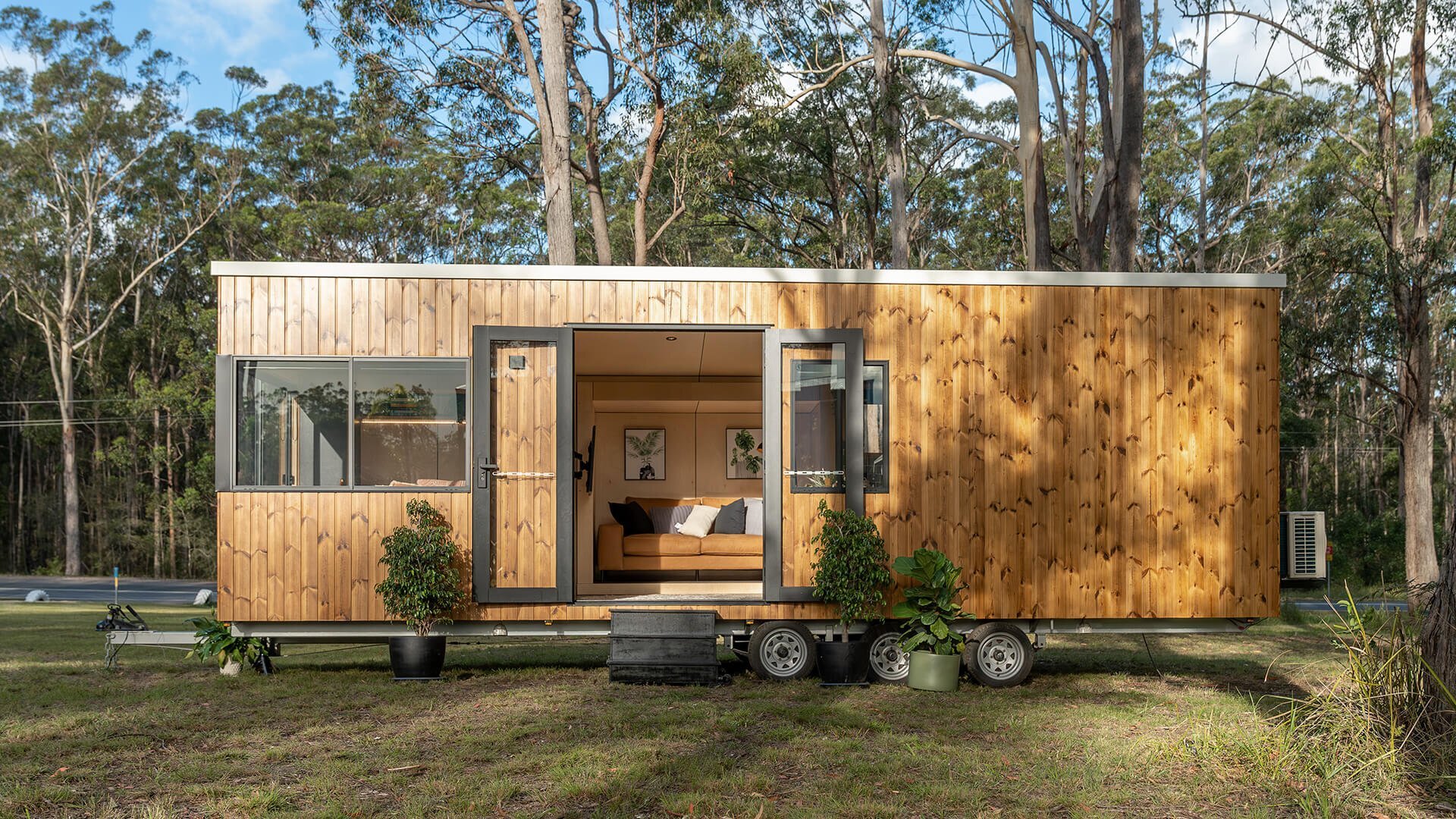
But where can you park your tiny home? The easiest solution is to park on your own property. Caravan parks and emerging tiny house communities are also options. Regulations differ between councils, so contact them to understand what is allowed in your area. Tiny houses can connect to the power grid with a proper design and switchboard or operate off-grid using solar panels. Gas and water connections must be certified and meet safety standards.
By embracing smaller, more sustainable living spaces, Australians can enjoy affordable, eco-friendly homes that align with a simpler lifestyle. As local councils begin to recognise the benefits of tiny houses, this movement is set to become a significant part of Australia's housing landscape. Watch this space!